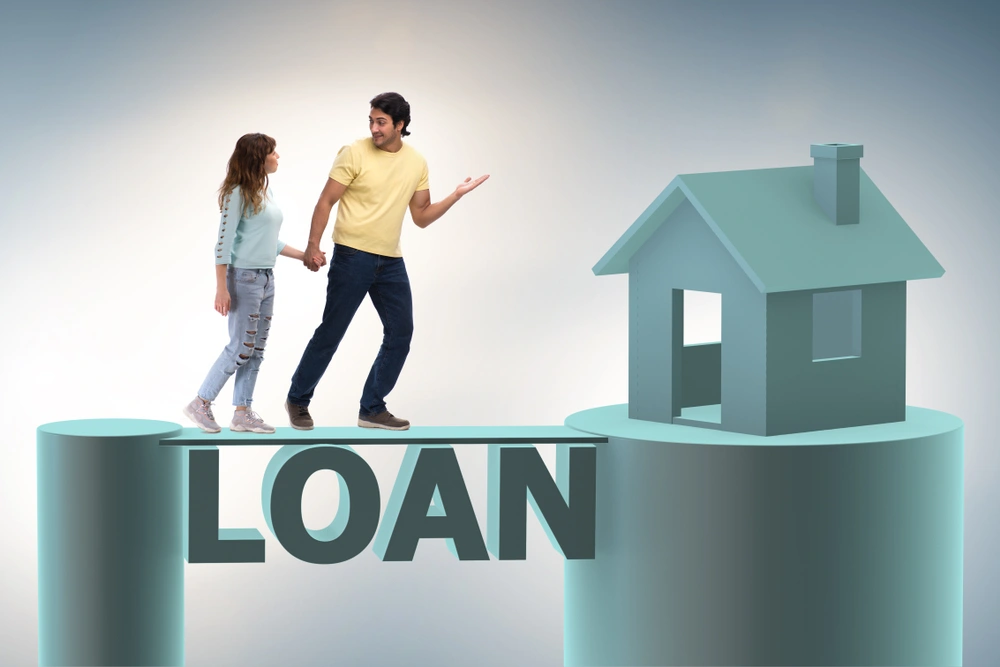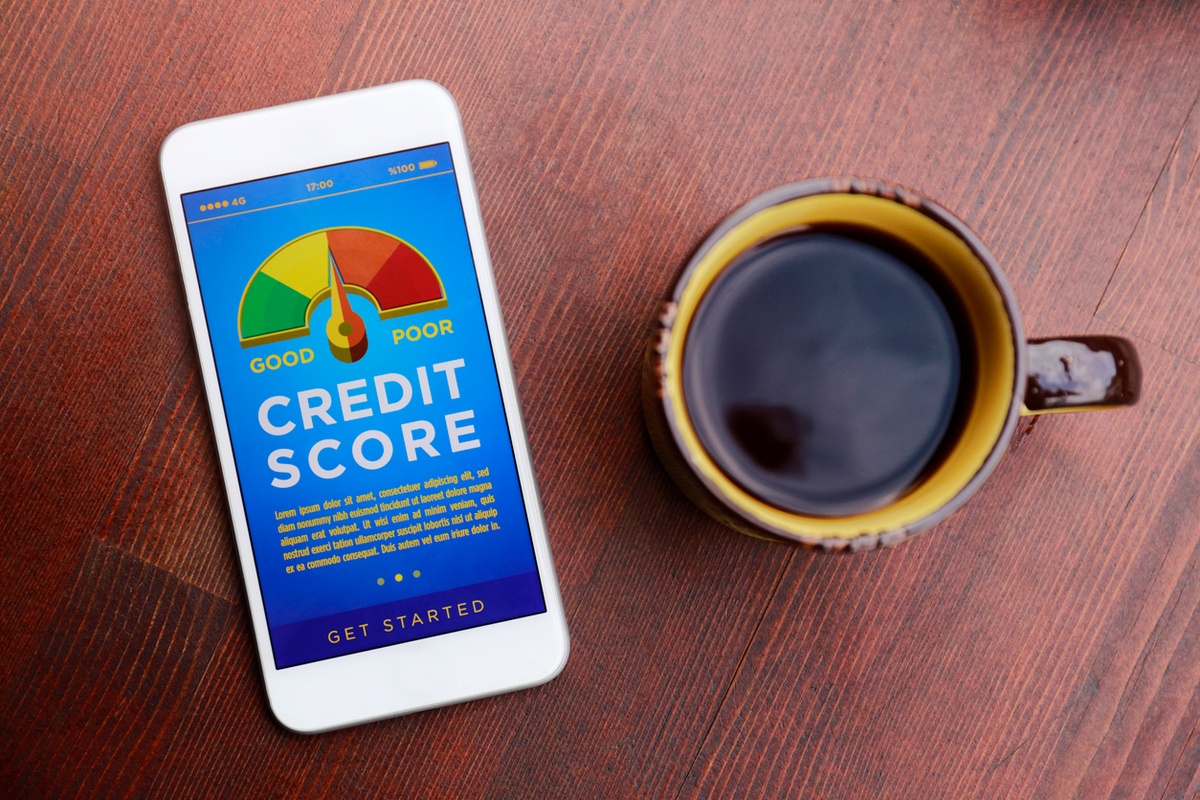All too often, people make only the minimum payments on their debts and not a penny more. But doing this can mean chipping away at what you owe for years.
What many don’t realise is that interest builds up over time. This means that despite making payments, your debt can actually grow faster than you’re paying it off.
Thinking more strategically about your repayments could help you clear your debts faster – and free up your money for other things sooner.
The question is, do you choose the debt snowball or avalanche method?
These are two popular ways to pay off borrowing, such as loans or credit cards. Both can work well, but they go about it differently – and one might suit your situation better than the other.
Here we explain both methods in simple terms, so you can decide which feels right for you.
Before you choose a method
Before we get stuck into the ins and outs of each repayment approach, there are a couple of things to think about. These tips apply whichever method you choose:
Know which debts these methods apply to
The snowball and avalanche methods are best suited to non-priority debts, like:
- credit cards
- personal loans
- car finance
- store cards
- overdrafts
But some debts should always be dealt with first – these are known as priority debts, and they include things like:
- mortgage or rent arrears
- council tax
- utility bills
- court fines
- TV Licence
- child maintenance
Failing to pay priority debts could lead to serious consequences, such as losing your home or legal action. So if you have any of these, make sure you're on top of them before putting extra money towards other debts.
Finding extra money
With both the snowball and avalanche methods, you’ll need to find extra money in your budget to pay more towards your debts each month. This might mean cutting back on costs or using more of your spare income.
The key is to choose an amount that you can stick to in the long term. Debt repayment takes time, so avoid overstretching yourself at the start.
Once you’ve paid off a few debts and freed up some money, you can decide whether to carry on at the same pace or relax your budget a little.
Early repayment fees
Some lenders charge a fee if you pay back a loan early – especially with mortgages or secured loans. This can eat into the money you’d otherwise save on interest.
Early repayment charges can be:
- a set amount
- a percentage of what you owe
- equal to a few months’ interest
Some lenders also limit how much you can overpay each year without being charged.
Always check the terms of your loan before overpaying, so you’re not caught out.
Now, let’s break down each method.
What is the debt avalanche method?
The avalanche method means paying the minimum on all your debts, except the one with the highest interest rate. Any extra money goes towards this expensive debt.
The idea is to tackle the most costly debt first, while still keeping up with the rest. Because high-interest debts can take time to clear, this method can feel slow to begin with. But it usually saves you money on interest overall.
Example:
|
Loan type
|
APR (%)
|
Debt owed (£)
|
|
Credit card
|
25
|
1,000
|
|
Personal loan
|
21
|
10,000
|
|
Car finance
|
9
|
7,000
|
Using the avalanche method, you’d focus on the credit card first because it has the highest APR. Once that’s paid off, you’d move to the personal loan, and then the car finance.
Pros and cons of the avalanche method
Pros:
- You could save money overall by clearing the most expensive debt first
- You may become debt-free sooner than with the snowball method
Cons:
- It may take longer to see progress, especially if your first debt is large
- You might need to stay motivated for longer before seeing results
What is the debt snowball method?
With the snowball method, you put any extra money towards your smallest debt first. Once that’s paid off, you move on to the next smallest, and so on.
You still need to make minimum payments on all other debts while you do this.
The snowball method gives you quicker wins, which can help you stay motivated. But if your biggest debts have high interest rates, you might end up paying more overall.
Using the earlier example, you’d pay off your debts in this order:
- £1,000 credit card
- £7,000 car finance
- £10,000 personal loan
Pros and cons of the snowball method
Pros:
- It gives you a confidence boost by clearing smaller debts first
- It’s simple and easy to stick to
Cons:
- You might pay more interest overall, depending on your debt types
- It may take longer to become fully debt-free
Should I use the avalanche or snowball method to repay my debts?
Both approaches can work – it just depends on what keeps you motivated.
The avalanche method usually saves more money over time, and can help you clear all your debts quicker. But the first debt might take longer to pay off, and you may not get that early win.
The snowball method is great for building confidence, especially if you like to see quick results. That boost can keep you going when it comes to tackling the bigger debts later on.
There’s no one-size-fits-all. You can even combine the two methods if you like – for example, starting with the smallest high-interest debt.
And if your debts feel unmanageable, or if you’re not sure where to start, don’t worry. Free, confidential advice is available from places like StepChange. Speaking to a professional can help you find the right support and a plan that works for you.
Fiona is a personal finance writer with over 7 years’ experience writing for a broad range of industries before joining Ocean in 2021. She uses her wealth of experience to turn the overwhelming aspects of finance into articles that are easy to understand.
![Email icon]()
Become a money maestro!
Sign up for tips on how to improve your credit score, offers and deals to help you save money, exclusive competitions and exciting products!
Find this useful? Share it with others!









